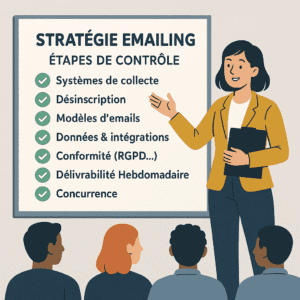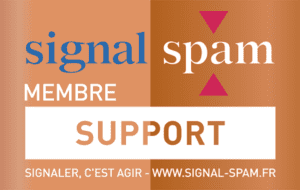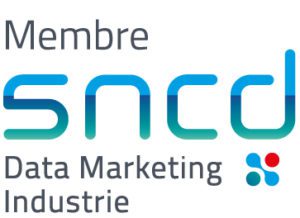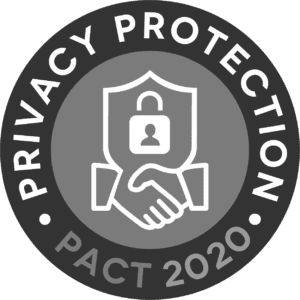Every company needs to find new customers and communicate with them. The web is a great tool for this. But it’s changing faster and faster, and it’s getting harder and harder to predict what’s going to work and what’s not. Optimizing the return on investment of your marketing actions means regularly questioning yourself and testing new opportunities.
Most web communication and advertising platforms and tools have a limited lifespan. Internet users quickly become accustomed to new forms of advertising, and results often drop off inexorably.
Just look at Google Trend. This tool gives an indication of the evolution of search frequency for a word or expression. This indicator is directly linked to the popularity and use of the tool searched for. Internet users are more interested in techniques that are in full expansion.
Searches for “blog”, “youtube” or “adsense” show steadily declining curves.
For example, for the word “blog”.

But there are some fundamentals that still “work”, and email marketing is one of them.
The same search on Google Trend shows a stable curve over time.

Even if it’s interesting to communicate on social networks or on tools that are being widely adopted by Internet users, a company should continue to look after its email lists. It remains the most durable and profitable tool for contacting them. It is not dependent on a platform that may become less fashionable.
But email marketing also has its problems. People are increasingly solicited, and collecting email addresses is less easy. You need to make more effort than you did a few years ago to maintain a good rate of return on your email marketing actions.
That’s why I think there should be 3 main trends in email marketing for 2019. All focused on quality rather than quantity.
- Content personalization and segmentation
Send the most personalized content possible to your recipients. Based on the information you have about them: purchase history, geographical location, browsing history, behavior during the last emailings received, etc…
Increasing the relevance of emails sent also improves deliverability.
Now is the time to synchronize as much targeting and personalization information as possible with your emailing platform, for those who haven’t already done so.
- Generalization of subscription management
Still with a view to personalization, mechanisms enabling users to choose the type of content they wish to receive should become more widespread. This type of option is easy to set up and offers many advantages. In particular, it reduces the number of unsubscribes (the user controls what he receives) and improves the relevance of e-mails sent, and therefore the quality of campaigns.
- More text content
Internet users’ mailboxes are full of advertising, each more attractive than the last. To stand out from the crowd, it’s natural to return to text-based e-mails, without images. All the more so as these messages seem much more personalized because they resemble a hand-written e-mail.
HTML messages will also have to be responsive. This is no longer a trend, but has become the norm. Statistics on e-mail consultation all point to a huge share for mobiles and tablets.
- More added value in messages
Inbound-marketing also seems to be a sustainable way of collecting new leads. The principle is to position yourself as an expert on a given topic and then naturally generate contacts.
The number of companies combining email and inbound marketing is set to rise sharply. It seems much more interesting to share content that solves readers’ problems than to send a sales e-mail.
This allows you to communicate more often and for longer with your prospects, and thus multiply conversions.
Like fashion, email marketing is an eternal restart. More and more, we’re returning to designs from the 2000s. As well as text messages with contact details leading back to a “real person”. The era of “give to get” has been established; purely advertising emails are losing ground in favor of informative content.
This article was originally written for the SNCD white paper.










